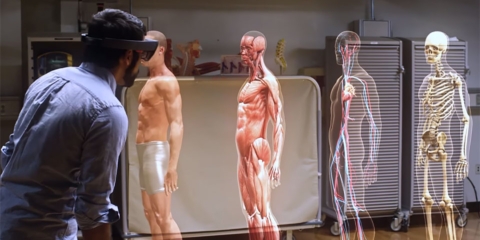Would you like to get notifications from Christian?
Onderzoekers van OpenAI hebben een nieuw systeem gecreëerd dat een volledig beeld kan produceren, onder meer van een astronaut die een paard berijdt, op basis van een eenvoudige eenvoudige Engelse zin. De tweede generatie van de tekst-naar-beeld AI, bekend als DALL-E 2, is in staat realistische beelden en kunstwerken te creëren met een hogere resolutie dan zijn voorganger. Dit nieuwe AI-hulpmiddel is een update van het oorspronkelijke DALL-E-systeem van OpenAI, dat alleen beelden met een lagere resolutie kon genereren. Met DALL-E 2 heeft het team de grenzen opgezocht van wat de AI kan doen met tekstinvoer. DALL-E 2 kan niet alleen beelden vanuit het niets creëren, maar ook het gezichtspunt van een beeld veranderen, zodat het lijkt alsof je er vanuit een andere hoek naar kijkt.
Het OpenAI-team gelooft dat deze technologie kan worden gebruikt om mensen te helpen hun ideeën gemakkelijker over te brengen. Als u bijvoorbeeld werkt aan een ontwerp voor een nieuw product, kunt u dat gewoon aan de AI beschrijven en die genereert dan een beeld van hoe het eruitziet. Dit kan veel tijd en moeite besparen in het ontwerpproces. Wat is het volgende? Het OpenAI-team blijft werken aan het verbeteren van de nauwkeurigheid en resolutie van de beelden die door DALL-E 2 worden geproduceerd. Zij willen ook meer functies toevoegen, zoals de mogelijkheid om beelden te genereren uit 3D-modellen. OpenAI denkt dat dit soort technologie uiteindelijk kan worden gebruikt om 3D-modellen te maken van beschrijvingen in natuurlijke taal of om afbeeldingen te genereren van objecten die in de echte wereld niet bestaan. Het team is van plan het systeem te blijven verbeteren, met als uiteindelijk doel een AI te creëren die elk soort beeld of 3D-object uit de tekst kan genereren.
Christian is a futurist and trendwatcher who speaks about the impact of exponential technologies like AI on organizations, people, and talents. Christian tailors his presentations to your audience's specific industries and needs.
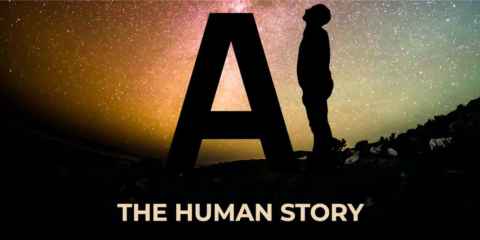
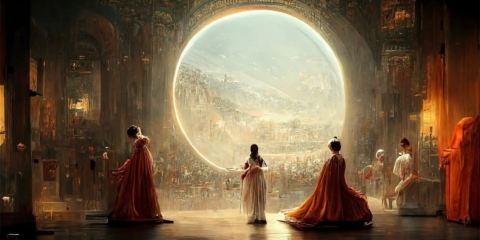
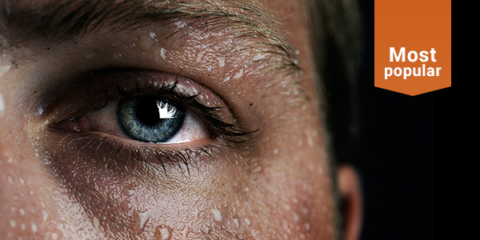
Our world is changing at an exponential rate! A big tidal wave of digital transformation and disruption is coming at us fast. Many organizations see this wave as a threat and experience stress, but there are also organizations that just see this wave as an opportunity.

Imagine sitting with just 10-15 fellow executives at a premier location, gaining clarity on the impact of AI on your industry while enjoying an exquisite dining experience. These are not just meetings—they are transformative moments that will shape the future of your organization
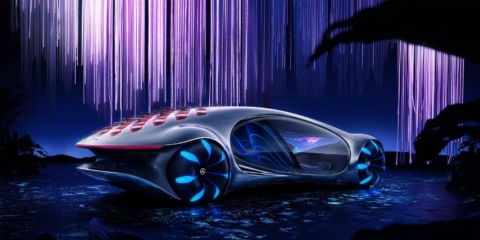
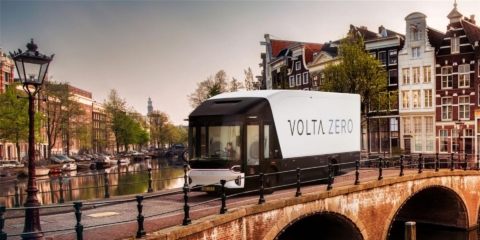
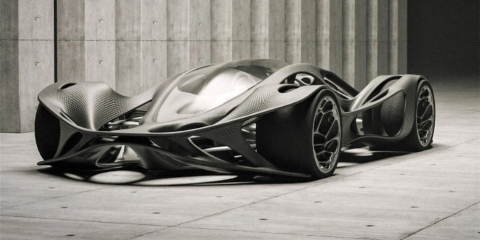
In the future, 3D printing and generative design will allow for products to be designed in a more decentralized manner, and production will take place closer to the customer and fully on-demand. 3D printing technology will also allow for more customization and personalization of products.
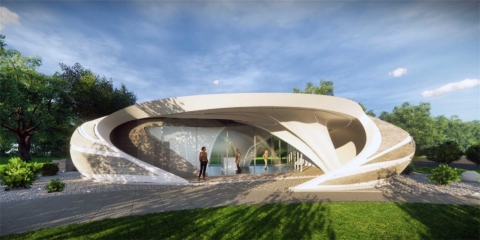
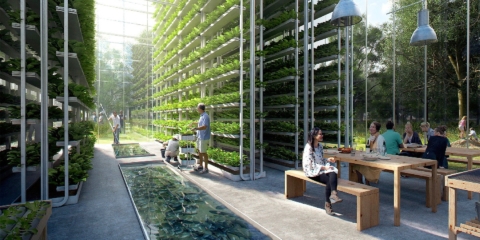
The agricultural industry is ripe for disruption. Robotics, AI, and IoT are all technologies that have the potential to radically transform the way we grow food. In combination with vertical farming, these technologies could increase the efficiency and quality of agricultural products.
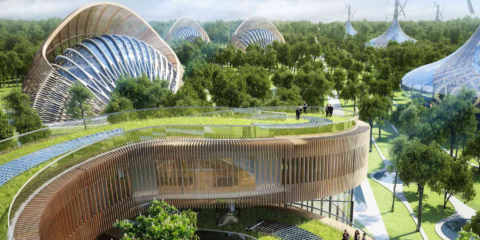
A human-centered society is one that puts people first and where technology is used to unite and empower people. It is a society that values biological life and dignity above all else. It is a society that recognizes the importance of human relationships and works to strengthen them. In a human-centered society, all members of the community are valued and treated with respect.
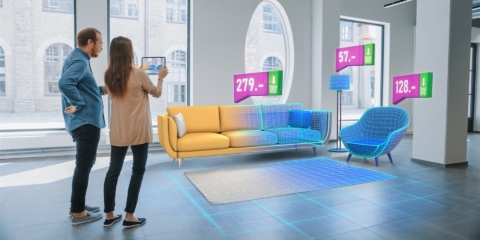
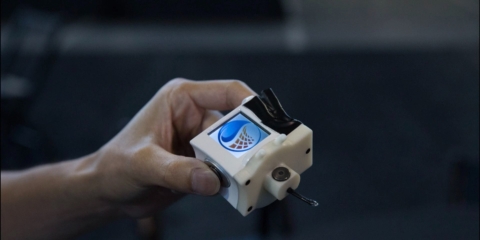
The future of healthcare is here. New technologies like AI, IoT, big data, and smart sensors make it possible to become the CEO of your own health. Imagine that your phone can listen to your voice and AI algorithms can detect small nuances in the tone of your voice that indicate specific diseases.
